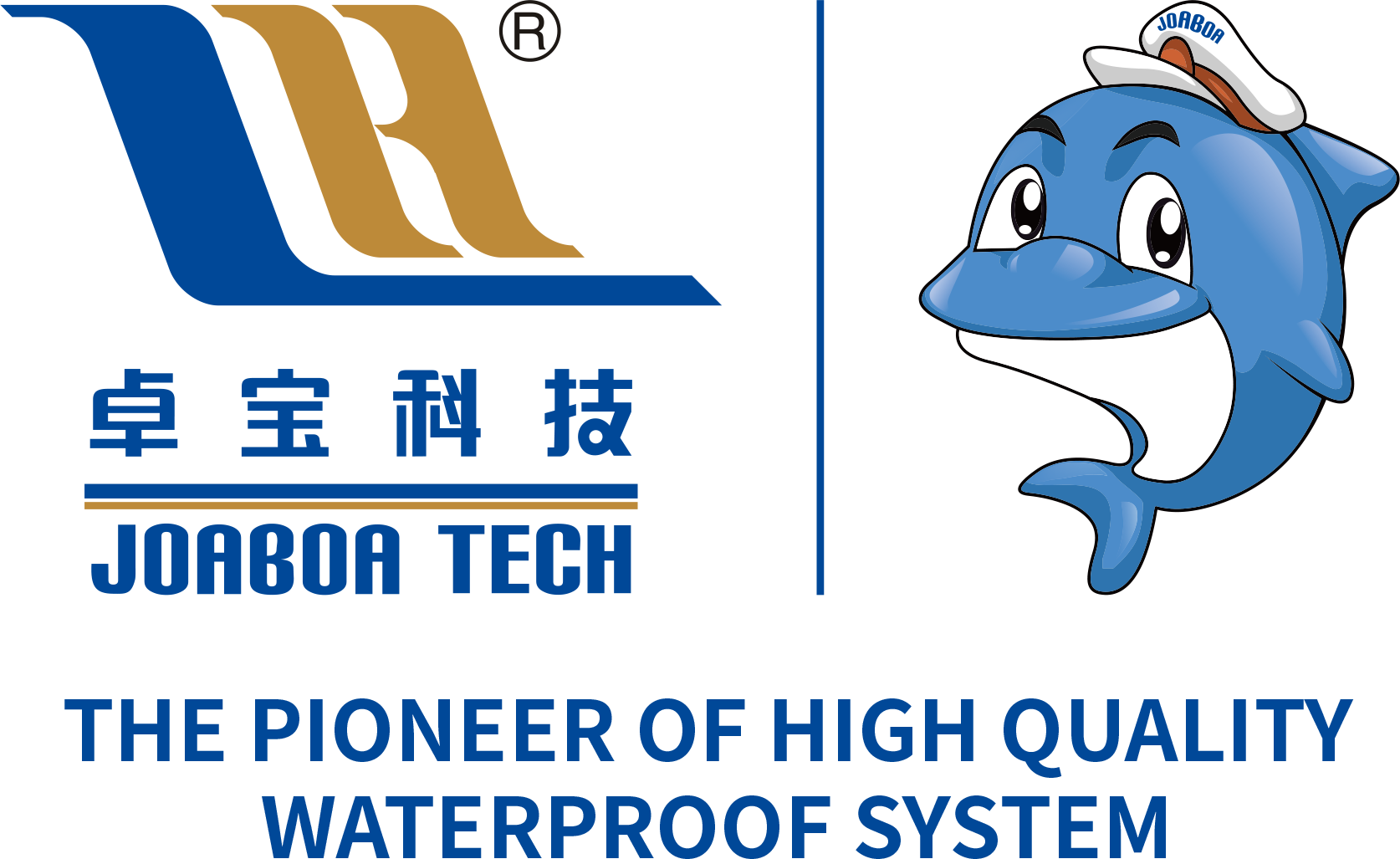Understanding Modified Bitumen Waterproofing Membranes: A Comprehensive Guide
2025-07-12 10:40
Modified bitumen waterproofing membranes are a critical component in modern construction and roofing systems, offering enhanced protection against water intrusion. Composed of asphalt that has been modified with polymers, these membranes exhibit improved elasticity, durability, and resistance to UV radiation and extreme temperatures. Understanding the characteristics and applications of modified bitumen membranes can help professionals make informed decisions for their projects.
One of the primary advantages of modified bitumen waterproofing membranes is their flexibility. The incorporation of polymers allows these membranes to adapt to structural movements and thermal expansion and contraction, reducing the likelihood of cracks and leaks. This flexibility is particularly beneficial in climates with significant temperature fluctuations, where traditional asphalt may become brittle and less effective.
Furthermore, modified bitumen membranes are available in both self-adhering and torch-applied varieties. Self-adhering membranes simplify the installation process, making them suitable for a variety of substrates without the need for open flames. This feature not only enhances safety but also minimizes installation time, making it an attractive option for contractors. On the other hand, torch-applied membranes are known for their strong bond and long-term reliability, making them ideal for demanding applications.
In terms of waterproofing performance, modified bitumen membranes provide a reliable barrier against moisture. They are commonly used in flat roofing systems, as well as below-grade applications such as foundations and basements. Their ability to withstand standing water and prevent leaks makes them a preferred choice for both residential and commercial projects.
Moreover, the durability of modified bitumen membranes contributes to their cost-effectiveness over time. With proper installation and maintenance, these membranes can have a lifespan of 15 to 30 years, significantly reducing the need for frequent repairs or replacements. Their resistance to environmental stressors, including chemicals and pollutants, further enhances their longevity and performance.
When considering modified bitumen waterproofing membranes, it is essential for professionals to assess specific project requirements, including local climate conditions, building codes, and substrate compatibility. Engaging with experienced suppliers or contractors can also provide valuable insights into the best practices for installation and maintenance, ensuring optimal performance of the waterproofing system.
In conclusion, modified bitumen waterproofing membranes offer a robust solution for protecting structures from water damage. Their flexibility, ease of installation, and long-lasting performance make them a go-to choice for many in the construction and waterproofing industries. By understanding the advantages and applications of these membranes, professionals can make informed decisions that contribute to the success of their projects.
One of the primary advantages of modified bitumen waterproofing membranes is their flexibility. The incorporation of polymers allows these membranes to adapt to structural movements and thermal expansion and contraction, reducing the likelihood of cracks and leaks. This flexibility is particularly beneficial in climates with significant temperature fluctuations, where traditional asphalt may become brittle and less effective.
Furthermore, modified bitumen membranes are available in both self-adhering and torch-applied varieties. Self-adhering membranes simplify the installation process, making them suitable for a variety of substrates without the need for open flames. This feature not only enhances safety but also minimizes installation time, making it an attractive option for contractors. On the other hand, torch-applied membranes are known for their strong bond and long-term reliability, making them ideal for demanding applications.
In terms of waterproofing performance, modified bitumen membranes provide a reliable barrier against moisture. They are commonly used in flat roofing systems, as well as below-grade applications such as foundations and basements. Their ability to withstand standing water and prevent leaks makes them a preferred choice for both residential and commercial projects.
Moreover, the durability of modified bitumen membranes contributes to their cost-effectiveness over time. With proper installation and maintenance, these membranes can have a lifespan of 15 to 30 years, significantly reducing the need for frequent repairs or replacements. Their resistance to environmental stressors, including chemicals and pollutants, further enhances their longevity and performance.
When considering modified bitumen waterproofing membranes, it is essential for professionals to assess specific project requirements, including local climate conditions, building codes, and substrate compatibility. Engaging with experienced suppliers or contractors can also provide valuable insights into the best practices for installation and maintenance, ensuring optimal performance of the waterproofing system.
In conclusion, modified bitumen waterproofing membranes offer a robust solution for protecting structures from water damage. Their flexibility, ease of installation, and long-lasting performance make them a go-to choice for many in the construction and waterproofing industries. By understanding the advantages and applications of these membranes, professionals can make informed decisions that contribute to the success of their projects.
Related News









